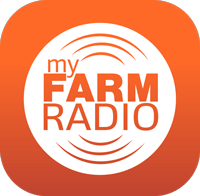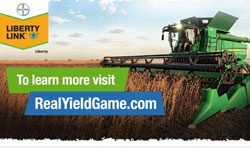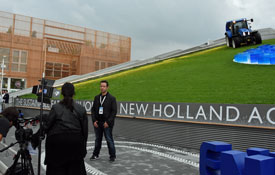 The demand for local foods continues. In an attempt to support the farmers, ranchers, retailers, hospitals and schools who are working to meet those demands, AGree has examined local food systems and released six recommendations.
The demand for local foods continues. In an attempt to support the farmers, ranchers, retailers, hospitals and schools who are working to meet those demands, AGree has examined local food systems and released six recommendations.
The Local Food: Revitalizing Community-based Food Systems report shares the views of stakeholders, provides information about common myths and gives an overall viewpoint of nationwide projects currently in place.
“The discussion is no longer about whether local food is here to stay, but rather about its rapid expansion and important role in the livelihoods of young farmers, community economic development, and healthy eating,” said Kathleen Merrigan, AGree Co-Chair and former U.S. Deputy Secretary of Agriculture. “This AGree report is a consensus document endorsed by diverse stakeholders across the country – a clear sign that we have come to the end of the era of political battle over the value and meaning of local food. Now, the challenge is how to best maximize the benefits of local food for farmers and communities.”
Dan Glickman, AGree Co-Chair and former U.S. Secretary of Agriculture, said, “Many people think only of small farms selling produce at farmer’s markets when they hear the term local food. In reality, less than one-third of farms selling local foods are growing fruits, vegetables or nuts and most suppliers are midsized and large farms. This report provides new perspective by taking a 360 degree look at the growth, challenges and opportunities associated with local food systems.”
The report’s six key recommendations call on stakeholders to embrace diverse agricultural systems to achieve sustainability, productivity, and profitability goals; urge flexibility in the federal definition of local food systems to allow continued innovation at the local and state levels; encourage the U.S. Department of Agriculture (USDA) and the philanthropic sector to further develop and refine tools and information resources that empower local connectivity, coordination, and investment; suggest USDA and the Food and Drug Administration (FDA) adapt programs and regulations to serve local food systems; advocate for more research to understand demand for local food and to inform investment by quantifying the economic, environmental, and social benefits; and call for greater engagement of experts in economic development, transportation, health care and other fields at both the local and federal levels to develop local food systems.
The report is a reflection of a diverse group of stakeholders from coast to coast. They represent experts across the industry, from food and nutrition to public health and rural development.










